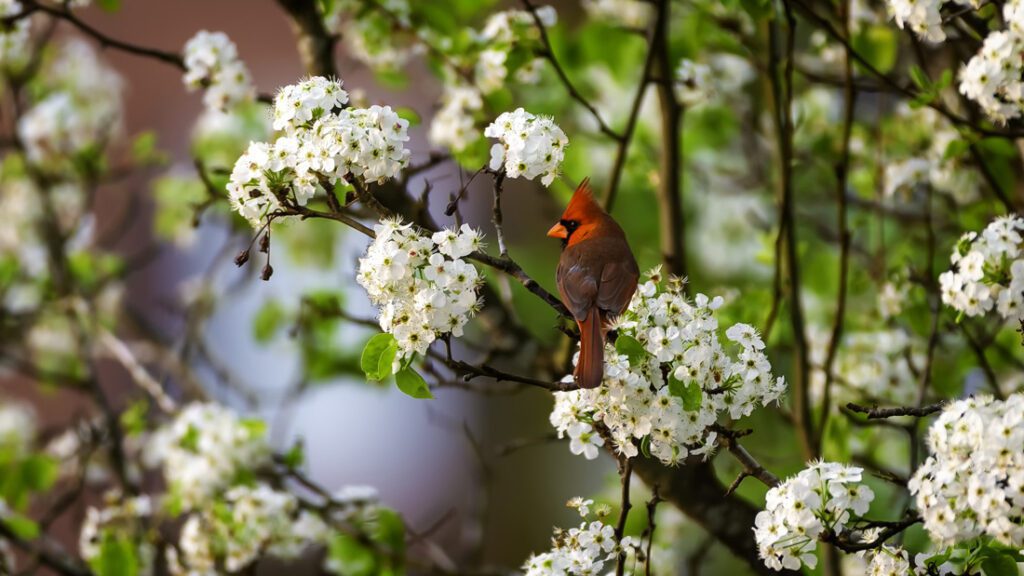Healthier choices for your home’s landscaping.


In the quest for pristine green grass and a mosquito-free backyard, we might overlook the toll that perfection has on the environment. While we wouldn’t dare get in the way of your leaf blower, there are a few easy and non-invasive ways to do your family’s— and the greater eco system’s— health good when planting a garden or installing a landscape.
1. Add raised beds.
Vegetables, herbs and fruits that ripen in your own garden have more nutrients than store-bought varieties. Planting at home in raised beds or pots versus in the ground can also help you control what kinds of chemicals come into contact with your food. “The whole farm-to-table movement has finally come home. We’re putting in a lot of raised beds for edibles,” says Molly Welch, professional landscape architect at W Design in Sandy Springs.
2. Shop local.
“Locally sourced plants are grown for our region and climate, meaning things are going to live longer and thrive in your garden, and you’ll have more beautiful results,” Welch says. Buying from Georgia nurseries produces less waste from plants that die easily, as well as the packaging and all that goes into shipping plants from across the country.
3. Choose pollinator and songbird-friendly plants.
The habitats of pollinators, such as bees and butterflies, and Eastern songbirds such as the Northern Cardinal and American Goldfinch, are on the decline and threatening their survival. How you can help: Songbirds love berries, so good choices for your landscape include holly, hawthorn, serviceberry and cherry trees. As for pollinators, they love anything that flowers, including marigolds (a natural pest deterrent, notes Welch, who plants them with her tomatoes), Eastern swamp milkweed, sunflowers, phlox, helleborus (a winter flower) and Eastern purple coneflowers.
4. Use organic potting soil.
“Organic soil doesn’t have the chemicals, so it is not as expensive as regular potting soil,” Welch says. She likes to use Complete Landscape Mix (CLM) by ItSaul Natural, a Georgia nursery that sells wholesale and ships nationwide. The mix is formulated with hen manure compost, worm castings and more.
5. Install a rain garden.
“Rain gardens are a great way to minimize water runoff, which in turn helps prevent sewage from being discharged into the Chattahoochee when it rains a lot,” Welch says. As if you needed another reason, it’s also cheaper than doing gravel flow wells to prevent standing water in the yard. Plus they’re a smart way to have a beautiful garden without having to use irrigation. Unless you’re a landscaping whiz, a professional can help install a rain garden, which may require grading of the soil and has a very specific plant list with flora that can survive both drought and heavy rain conditions.
6. Minimize mosquitos yourself.
Despite marketing claims, the National Wildlife Federation says the most widely used residential mosquito sprays are highly toxic to native pollinators and fish, and aren’t good for you and your pets, either. Welch suggests keeping mosquitos at bay by first making sure there isn’t standing water on the property (clean your gutters!) and using bug sprays on yourself. Some studies find that citronella oil, which can be found in candles or tiki torches, and other plant essential oils, such as eucalyptus, may also keep mosquitos away.
W DESIGN
404.414.3024
wdesigngeospatial.com
Managing Editor and Wellness Columnist at Simply Buckhead. Blogger at Badass + Healthy.











